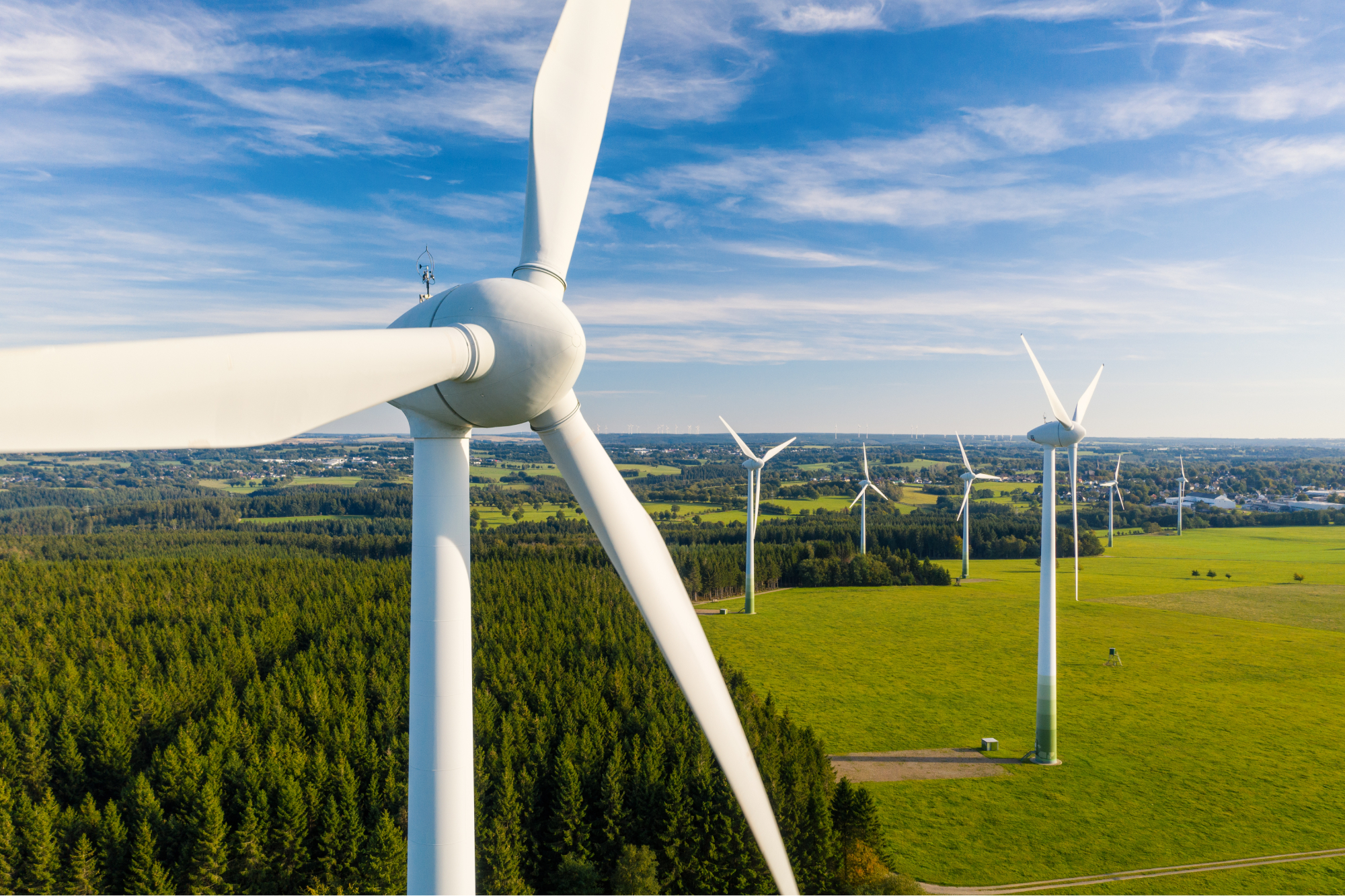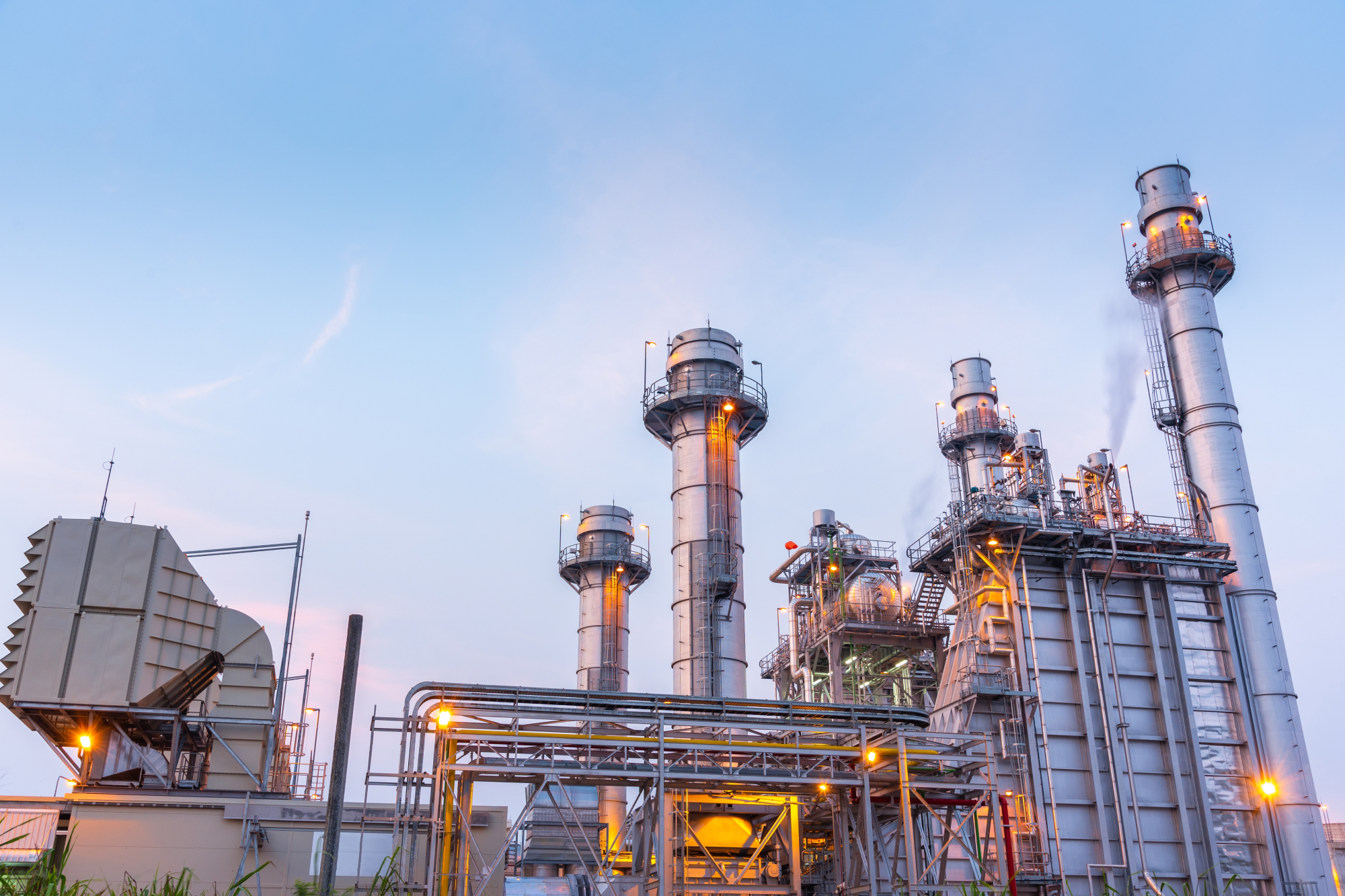Published on 19 February 2025
Renewable Energy Market Update H1 2025
Published on 19 February 2025
The rating environment is expected to see reductions between 5% and 15% for clean-to-fair loss ratio accounts.
This trend of rate reductions, which began in 2024, is anticipated to continue through 2025 due to the influx of new capacity from companies such as Volt, Novagen, Hartford, Beazley and QBE, as well as an expanding base of follow capacity with a growing appetite.
Contributing to this trend are the improved underwriting results expected in 2024, compared to many prior years. This positive outcome for insurers comes despite significant Natural Catastrophe (NatCat) claims incurred early in 2024. Had the claims trend increased, the market would have resisted such substantial rate decreases in 2024, which sometimes reached 15%-25%.
In our H2 2024 market update, the forecast for January 2025 anticipated the launch of NatCat software upgrades (Severe Convective Storm models). However, one major software provider has postponed their SCS model launch, and delays have been reported from other providers. Several competing software providers, some supported by Lloyds Lab, are focusing on multi- and single-peril models. The delays will ensure the optimization of ever-evolving source data and accurate assessment of mitigating factors in the models across occupancies such as wind, solar and Battery Energy Storage Systems (BESS).
As renewable energy projects continue through development into construction and operations in regions currently underserved by NatCat modeling, it is important for clients to engage brokers who have the experience and ability to articulate real-life scenarios to insurers. The Alesco loss modeling team continues to add significant value to our clients by running reports on prospective acquisition/development sites and supporting our brokers with NatCat exposure estimates. Insurers have eased their perspective on BESS fire risk, based on the positive low claims frequency relative to its installed capacity. Site layouts and ever-improving technology have been key to this success.
On the wind side, larger turbines mentioned in the H2 2024 update have not encountered major setbacks. However, major wind OEMs have faced various challenges, including shifts in territory appetites, widespread defects and workforce redundancies. Despite these challenges, the Chinese OEMs continue to make a compelling impression in the highly competitive and evolving sector outside of China.
In offshore renewables, we are witnessing active market movement by insurers who are establishing new operations or expanding their current teams. This has led to an increase in capacity entering the market, fostering positive competition for both operational and construction opportunities.
Following some large market placements in 2024, it is estimated that there is approximately USD2.5 billion to USD3 billion of capacity available on an estimated maximum loss (EML) basis. However, any limit or sub-limit is naturally tempered by project location, especially where there are notable NatCat exposures.
The rating environment for both operational and construction businesses is expected to remain favorable, with reductions available for operational accounts that have clean to low loss ratios. As seen with some accounts placed during 2024, long-term agreements (LTA) have made a return and are expected to remain available going into the 2025 renewals.
In terms of claims, inter-array and export cables remained prevalent during both the construction all risks (CAR) and operational all risks (OAR) phases in 2024. The market also experienced its usual share of generator and gearbox-related claims, along with an increase in the number of high-value vessel allisions compared to previous years.
While there is currently only around 400 megawatts of Floating Offshore Wind (FOW) capacity generating power, based on demonstrator and small commercial-scale projects, there is a growing focus on the potential for growth in this area from both developers and the insurance community. The Lloyd’s Market Association’s Joint Natural Resources Committee (JNRC) issued ‘Risk Engineering Guidelines for the Insurance of Floating Offshore Wind Farms’ in the final quarter of 2024, which developers in this space should be aware of. Floating offshore wind remains an exciting area for deeper developments.

Duncan Gordon
Duncan joined Alesco at the beginning of 2018, after seven years specialising in construction and operational insurances within the offshore and onshore renewable energy sectors.
He has direct experience of project finance transactions and ensuring that all insurance conditions precedent to financial close are satisfied. The key elements of this service delivery are efficient communication and the ability to coordinate amongst both the international and local placement teams.
Duncan has wide-ranging experience of renewable energy projects throughout the lifecycle and is a skilled practitioner in providing insurance solutions for large and complex assets and portfolios globally. He currently provides guidance and insurance solutions to clients in North America, the Middle East, Europe, Latin America, Australia and the UK.


